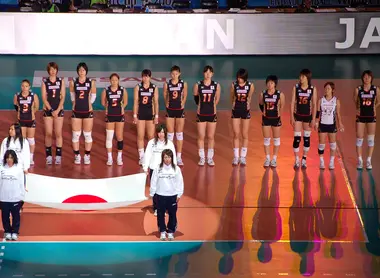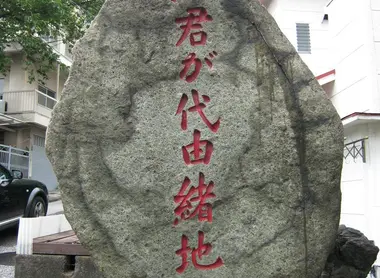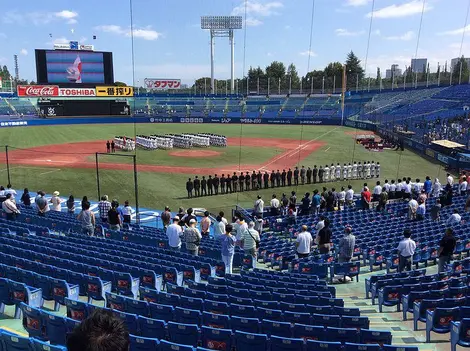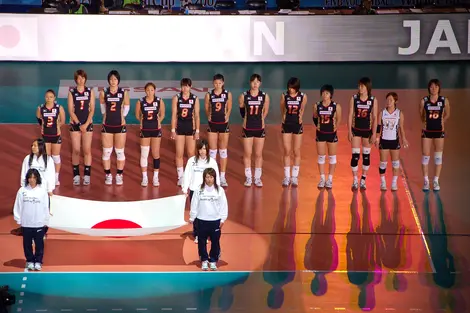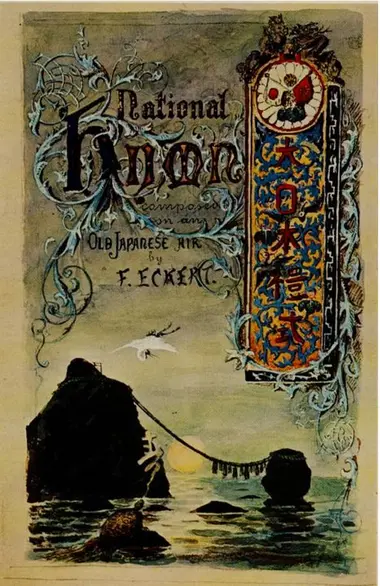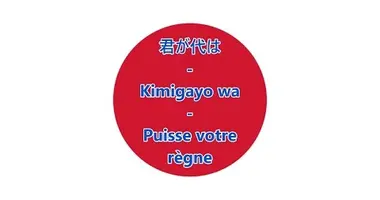Kimi ga yo 君が代
- Published on : 13/12/2018
- by : S.R.
- Youtube
A poem of Japan
During the Meiji Revolution, Japan began a process of modernization on the model of Western nations. While many of the reforms launched were to improve the country's economy and technological potential, certain Western symbols were also adopted, such as the concept of the national anthem. Japan adopted the old poem "Kimiga yo" as its anthem.
An ancient waka
Kimi ga yo, which can be translated as "your reign," is a waka, a style of poem popular during the Heian period (794 – 1185). It is found at the time of Kamakura (1185 – 1333), during which the samurai very often sang it. Later, under the Tokugawa shogunate (1603 – 1868), it was used during New Year ceremonies at Edo Castle and in the feudal Satsuma stronghold. It was only from the Meiji period and the imperial restoration that this poem, which became the country's official anthem, was addressed to the Emperor and wished him a long reign. On this occasion, the military conductor John William Fenton composed the first melody of this national anthem.
The official recognition of the Japanese anthem and the flag in 1999 was an opportunity for the then Prime Minister Keizo Obuchi to specify the new meaning to be given to this anthem, far from the cult of the emperor, which was understood as a manifestation of militarism before the war, should be understood as "a prayer for the prosperity and lasting peace of the country."
See also: Introduction to Japanese poetry.
The shortest anthem in the world
Kimi Ga Yo is a 32-syllable poem, making it the shortest national anthem. The words are as follows:
Kimi ga yo wa – may your reign
Chiyo ni Yachi yo ni – last for a thousand, eight thousand generations
Sazare-ishi no – until the stones
Iwao to narite – become rocks
Koke no musu made – covered with moss
This hymn has a composition by Hayashi Hiromori as its melody, which replaced Fenton's work and was first performed on Emperor Meiji's birthday on November 3, 1880.
To read: The Japanese flag
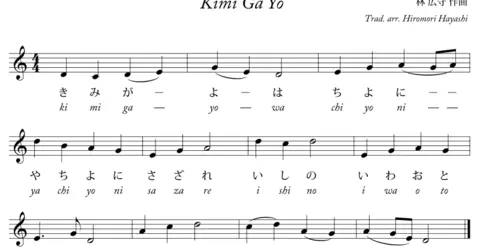
Sheet music of the anthem Kimi Ga Yo
Wikipedia

